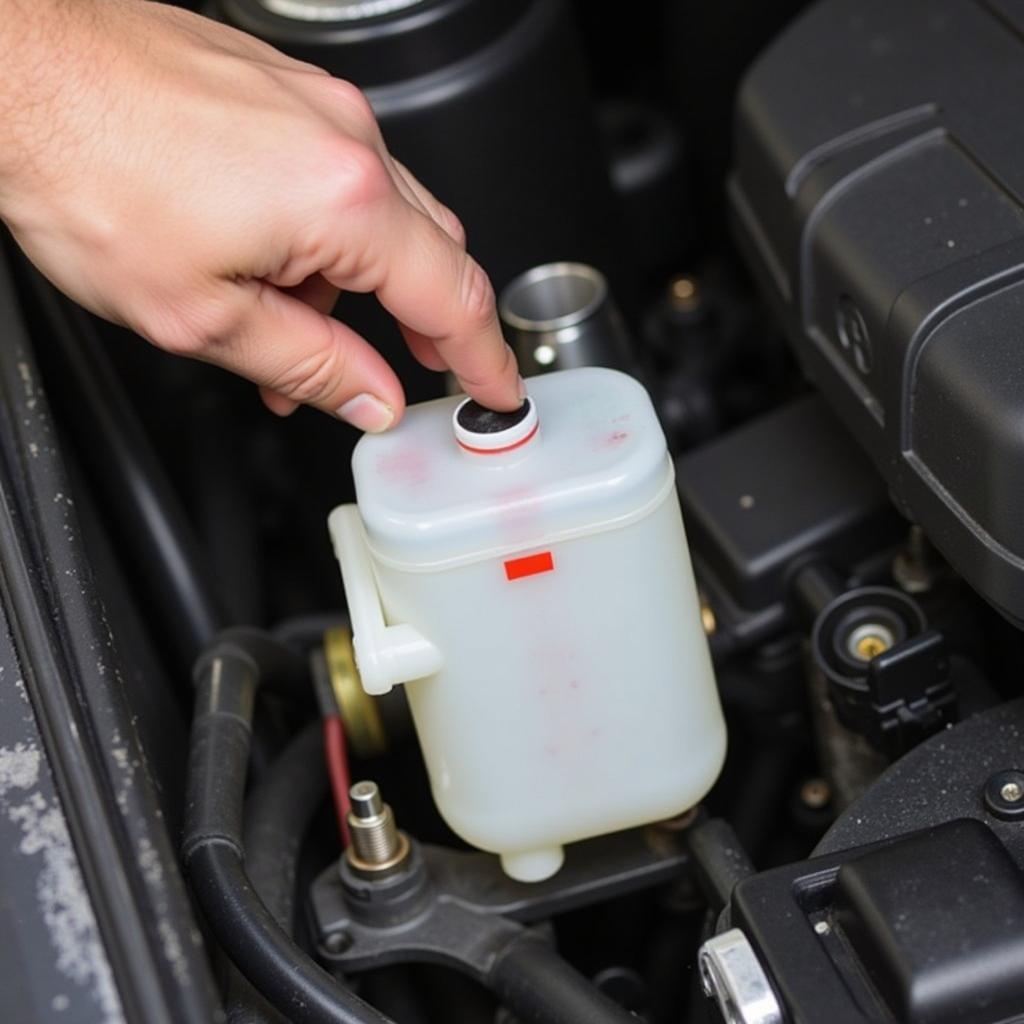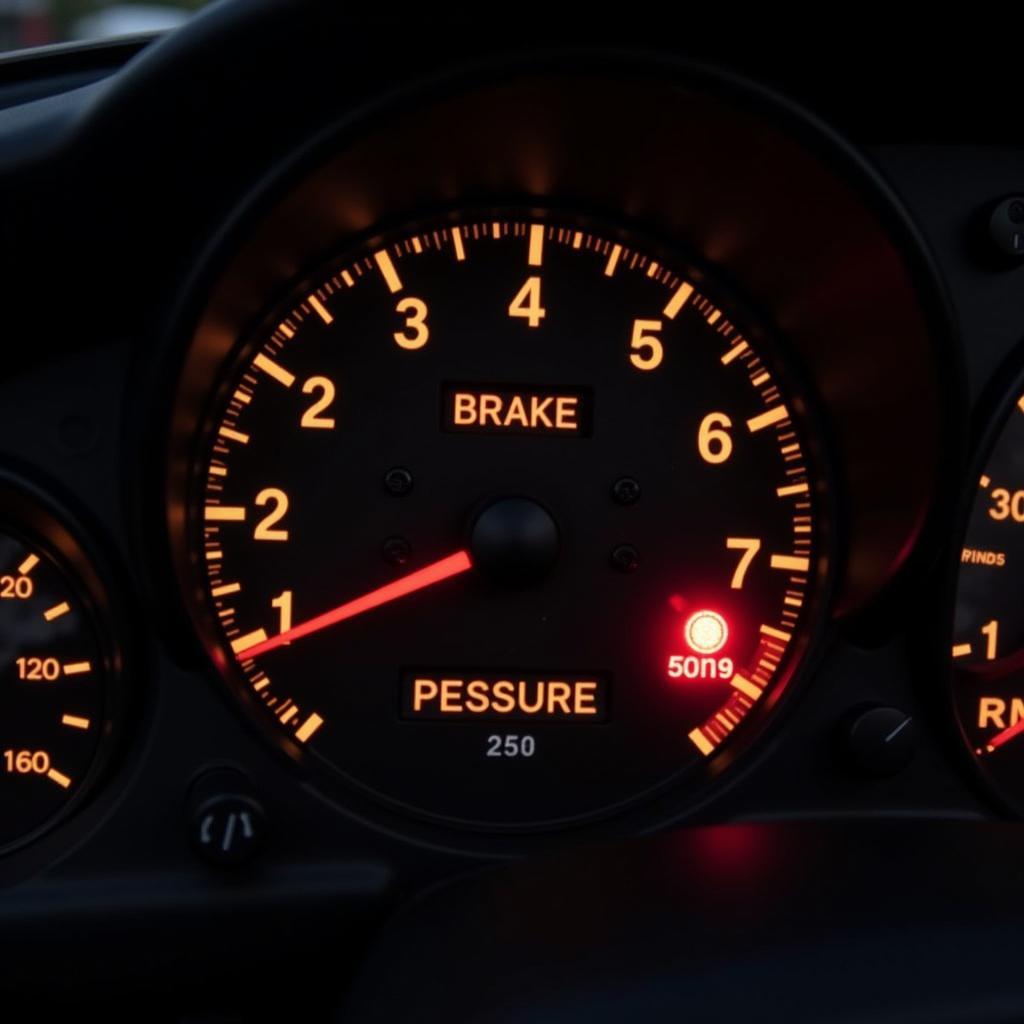A dead key fob battery can be a major inconvenience, especially if you’re in a hurry. If you’re experiencing issues with your Range Rover key fob, a dead battery is one of the most common culprits. This guide will walk you through everything you need to know about your Range Rover key fob battery, from identifying the symptoms of a dying battery to replacing it yourself.
How to Tell if Your Range Rover Key Fob Battery is Dying
Several telltale signs indicate your Range Rover key fob battery needs replacing. Recognizing these signs early can save you time and frustration later on. Here are some things to look out for:
- Decreased Range: You might notice that you need to be closer to your vehicle for the key fob to lock or unlock the doors.
- Intermittent Functioning: The key fob might work sometimes but not others, indicating a weak or inconsistent signal.
- No Response: The most obvious sign is that the key fob doesn’t respond at all when you press any buttons.
Pro Tip from John Smith, Senior Automotive Electrician: “Many people overlook the subtle signs of a dying key fob battery. If you notice even a slight decrease in range, it’s always best to replace the battery sooner rather than later.”
What Type of Battery Does a Range Rover Key Fob Use?
Most Range Rover key fobs use a standard CR2032 battery, a common type of lithium-ion coin battery readily available at most supermarkets, drugstores, and electronics stores.
Replacing Your Range Rover Key Fob Battery: A Step-by-Step Guide
Replacing the battery in your Range Rover key fob is a quick and straightforward process that you can easily do yourself. Here’s a step-by-step guide:
- Locate the Key Fob’s Release Button: On the back of your key fob, you’ll find a small release button. Press this button to release the emergency key blade.
- Open the Key Fob: Use the edge of the emergency key blade or a small flat-head screwdriver to carefully pry open the key fob casing.
- Remove the Old Battery: Gently remove the old CR2032 battery from its compartment. Avoid touching the battery terminals to prevent corrosion.
- Insert the New Battery: Place the new CR2032 battery into the compartment, ensuring the positive (+) side faces up.
- Reassemble the Key Fob: Align the two halves of the key fob casing and press them together until you hear a click, indicating the casing is securely closed.
- Test the Key Fob: Test all the buttons on the key fob to ensure it’s functioning correctly.
What is anti theft system? In Range Rovers, the key fob plays a vital role in the anti-theft system. Ensuring it’s always in good working order is essential for the security of your vehicle.
Tips for Extending Key Fob Battery Life
While replacing the key fob battery is a simple task, you can prolong its lifespan by following these tips:
- Avoid Frequent Button Presses: Don’t repeatedly press the buttons on your key fob unnecessarily, especially when you’re out of range of the vehicle.
- Store Your Key Fob Properly: Avoid exposing your key fob to extreme temperatures or moisture, which can damage the battery.
- Replace the Battery Regularly: Consider proactively replacing the battery in your key fob every two to three years, even if you haven’t experienced any issues.
Conclusion
A dead key fob battery might seem like a minor inconvenience, but it can disrupt your day and even leave you stranded. By following the steps outlined in this guide, you can easily replace the battery yourself and keep your Range Rover running smoothly. Remember to stay proactive by recognizing the signs of a dying battery and replacing it promptly.


